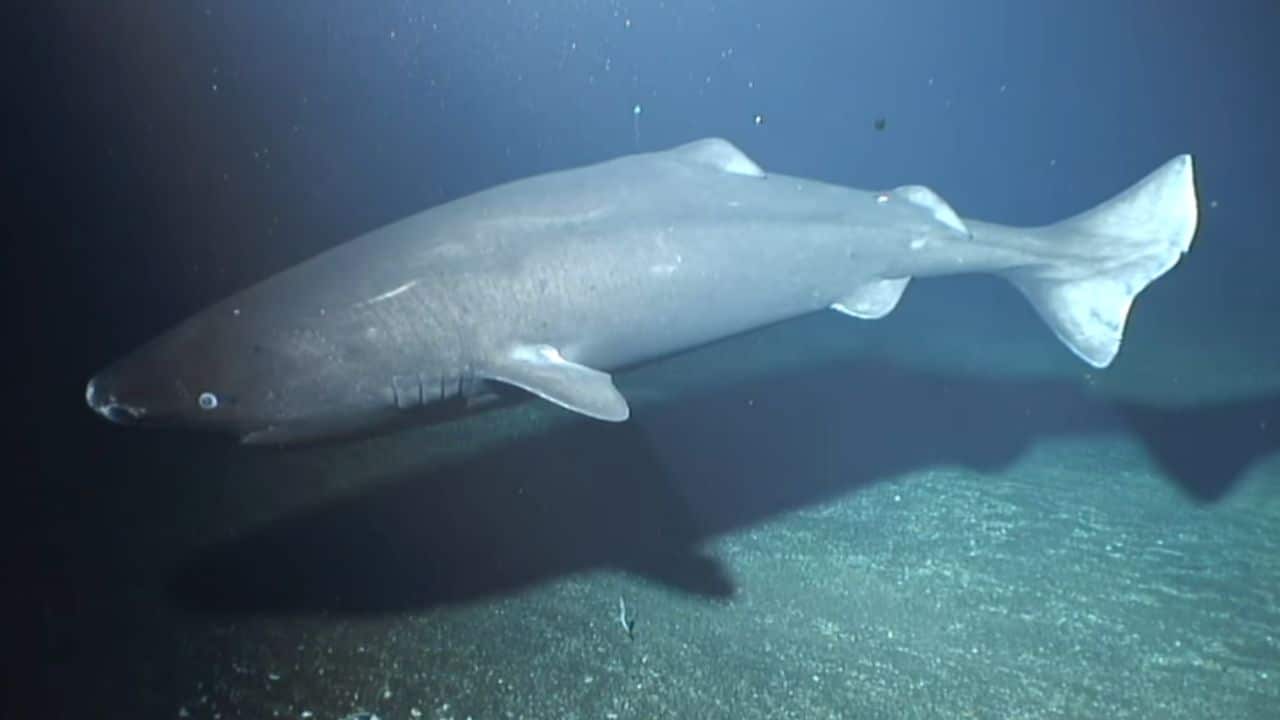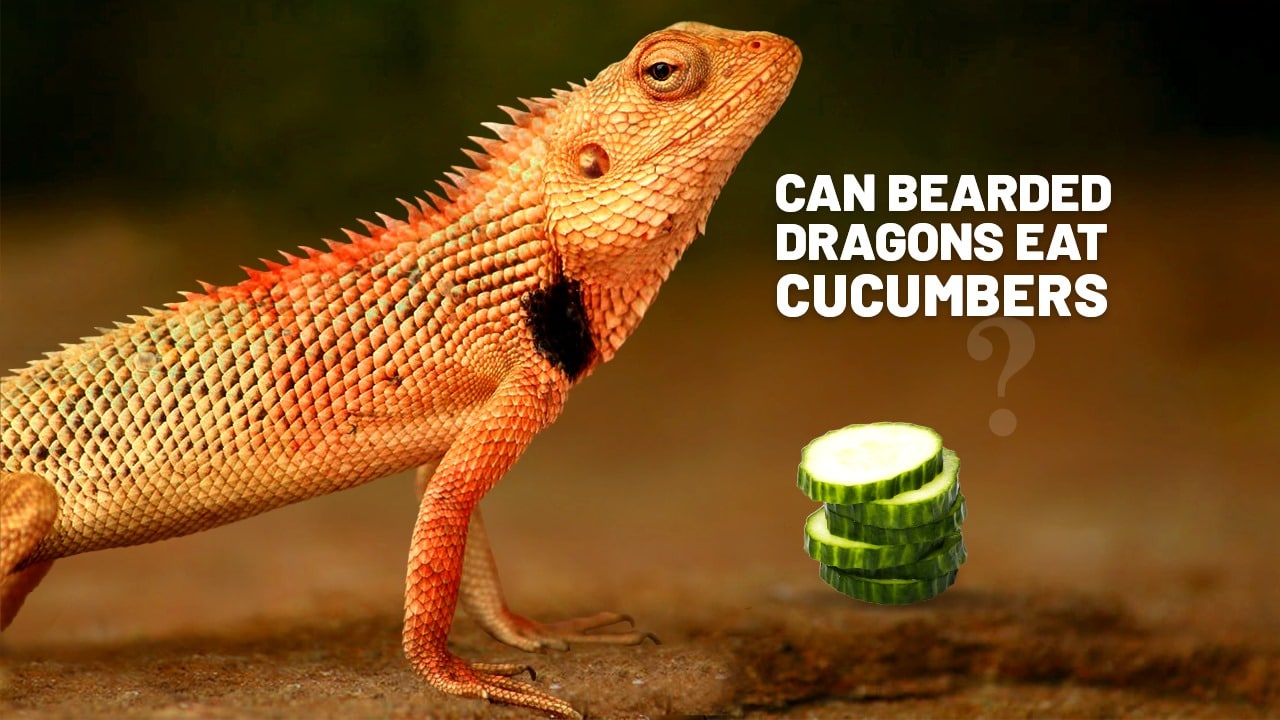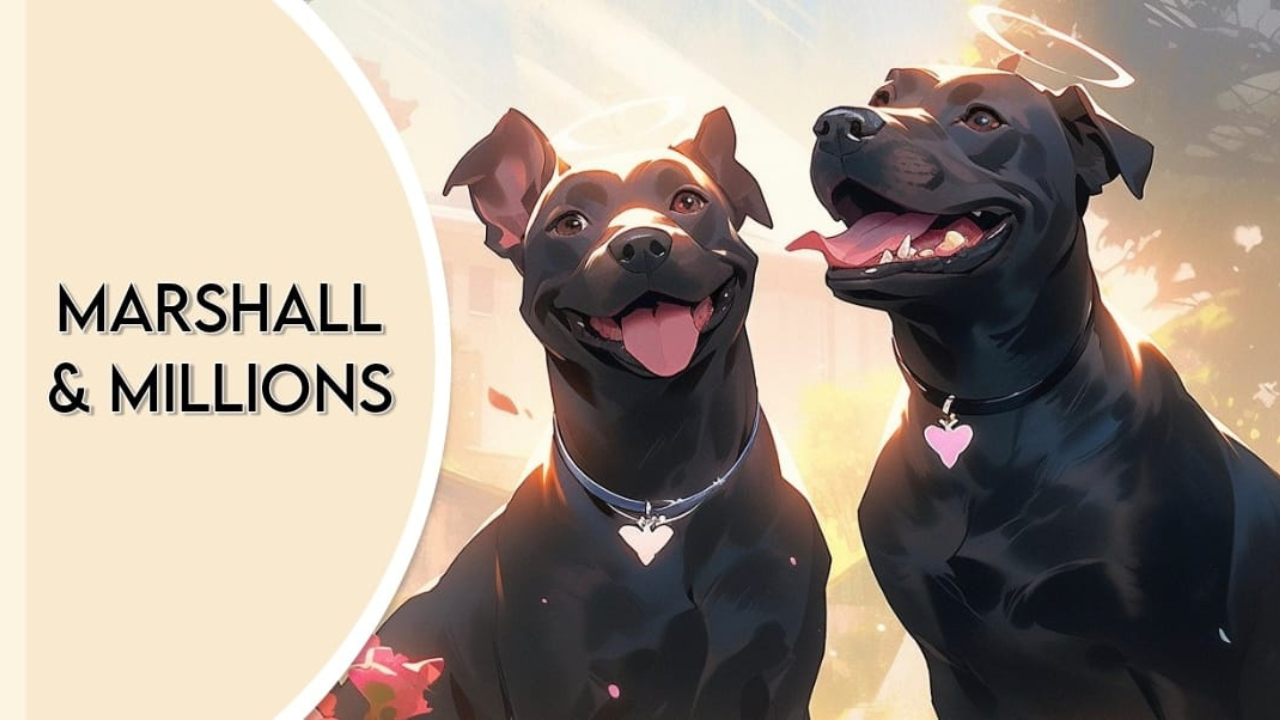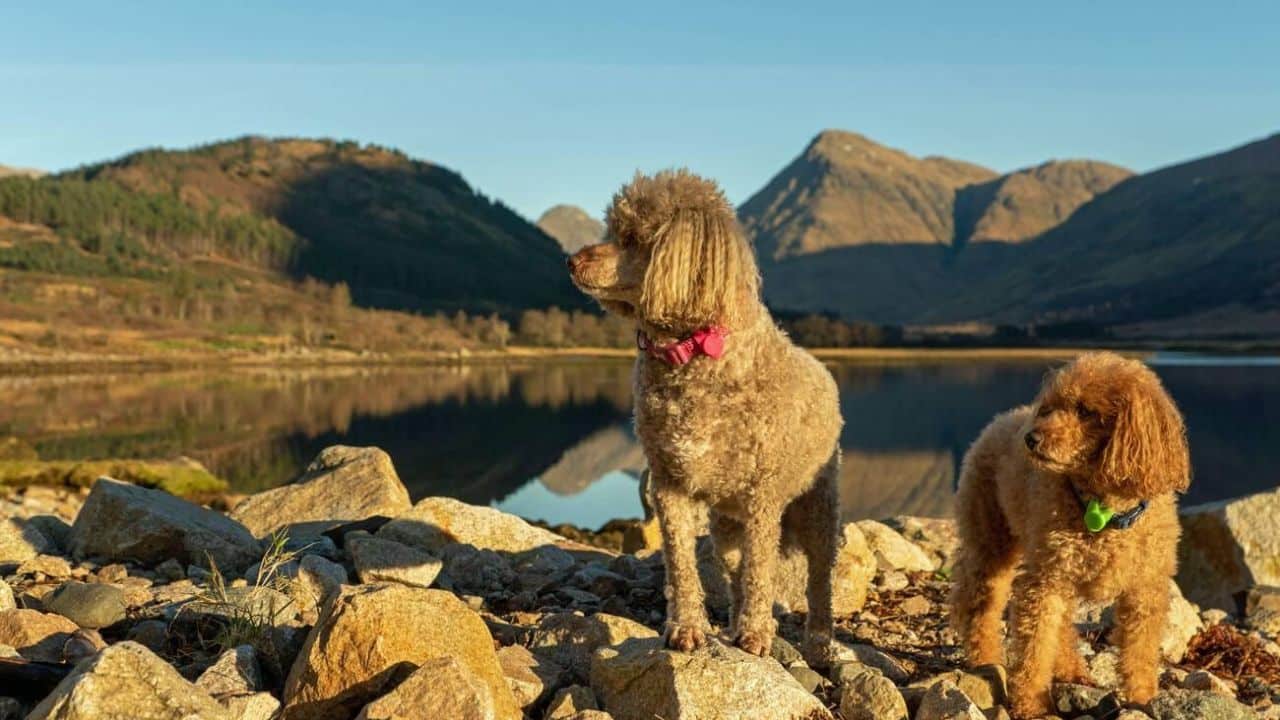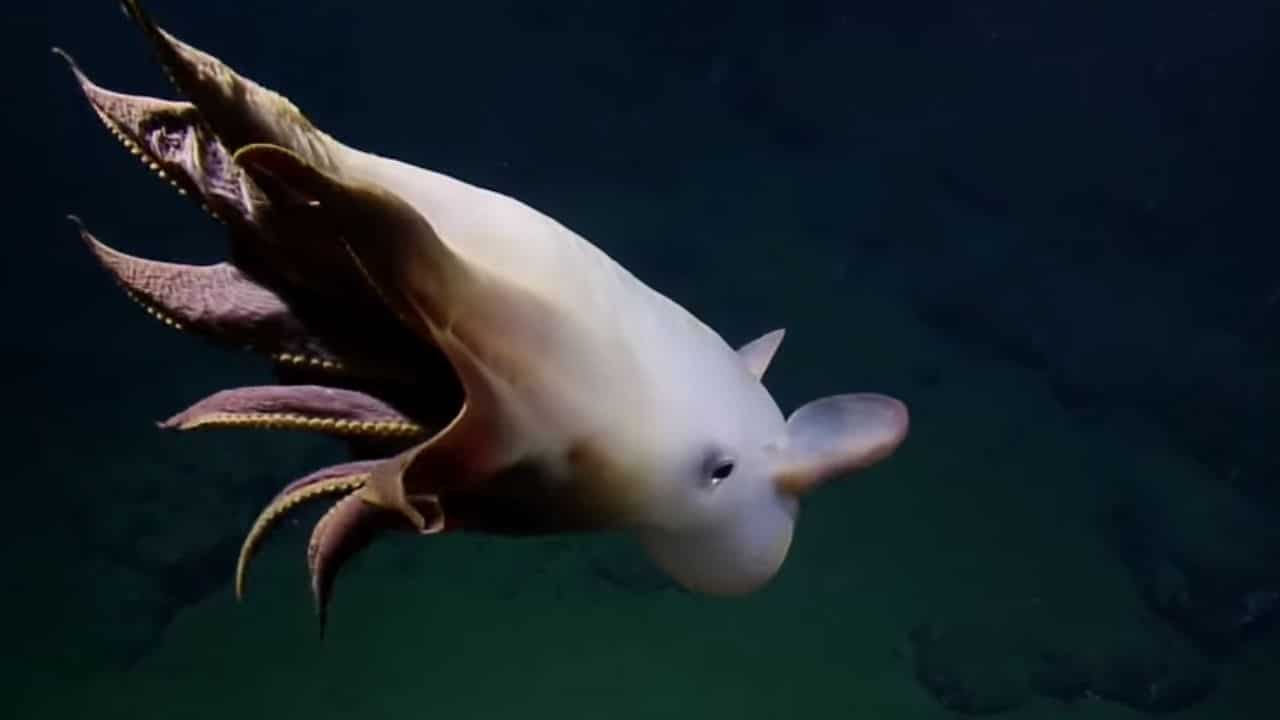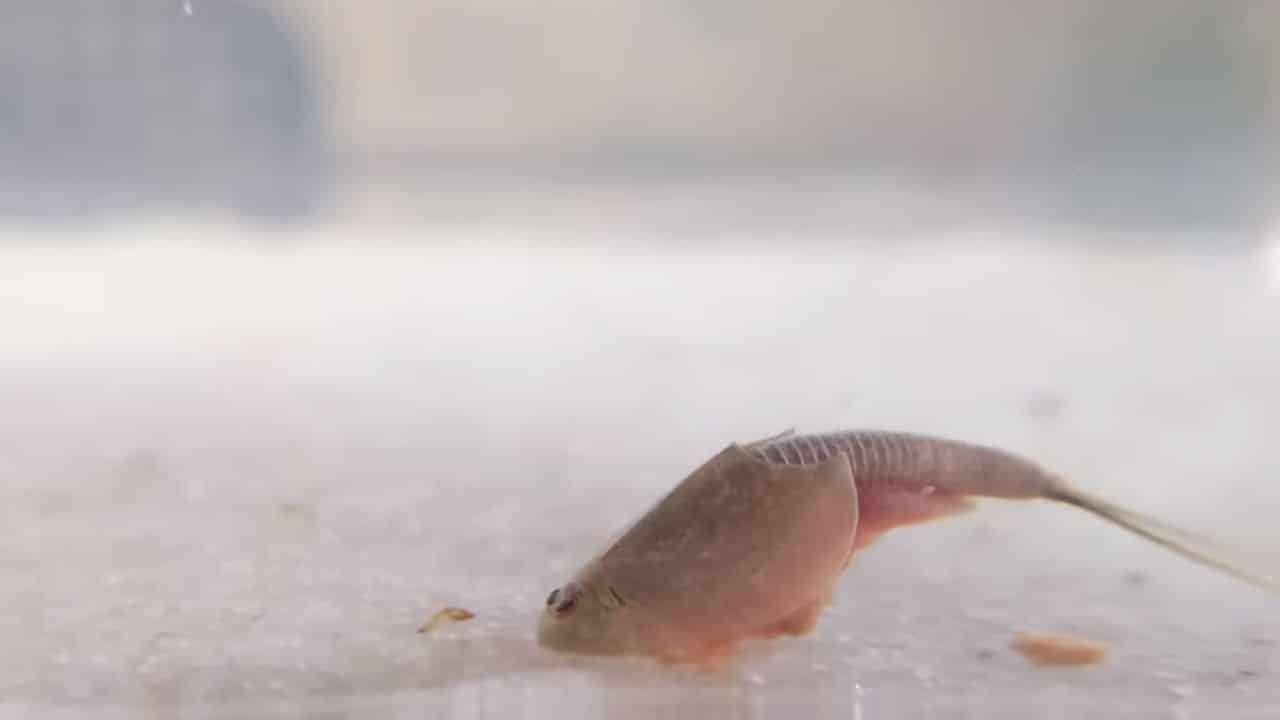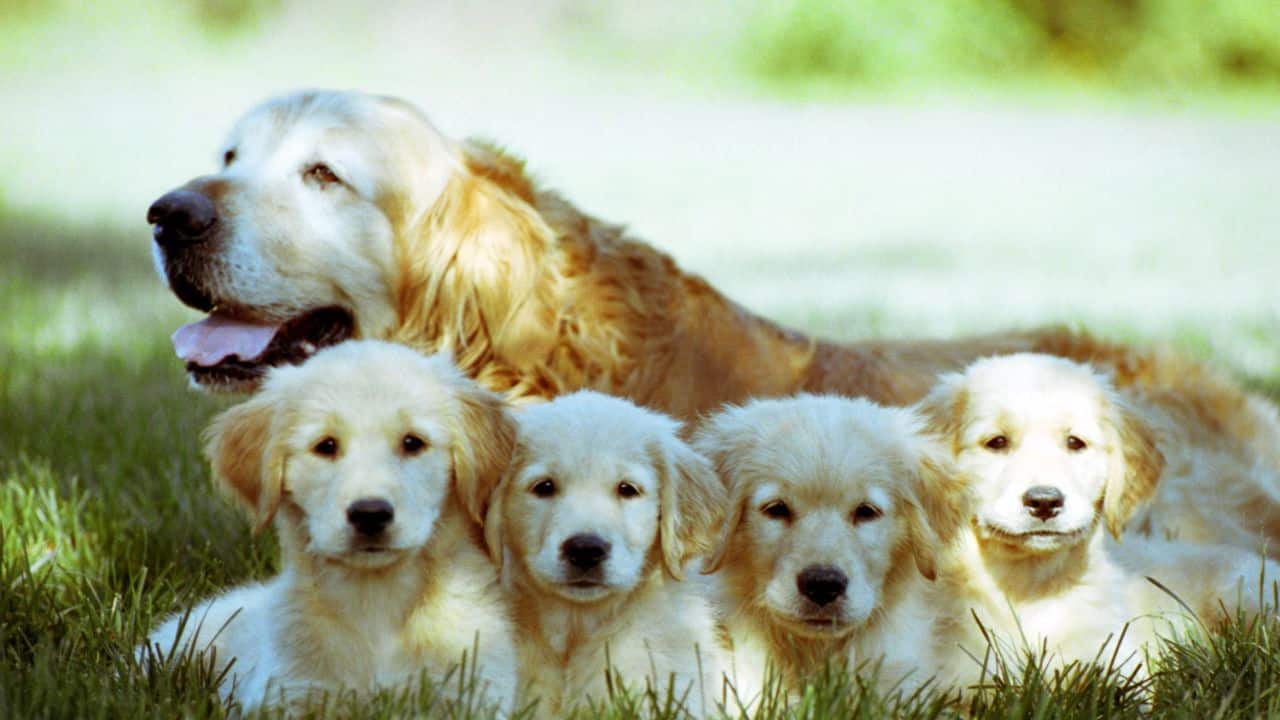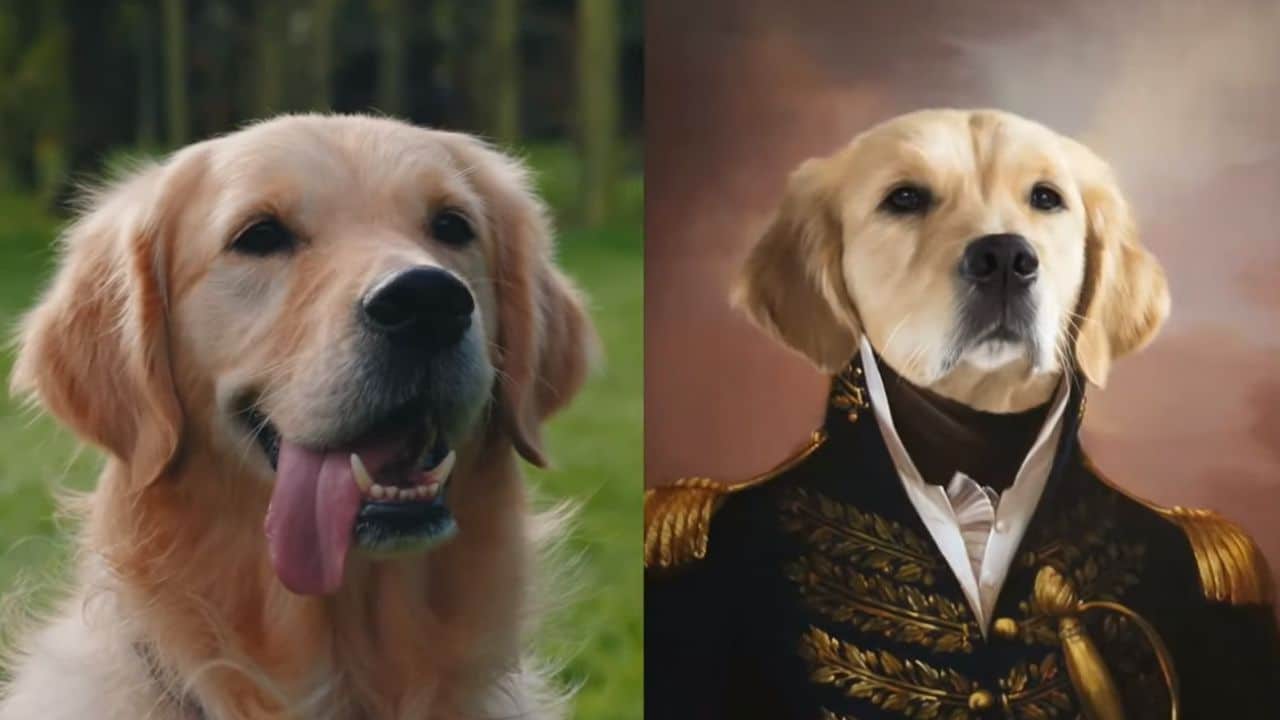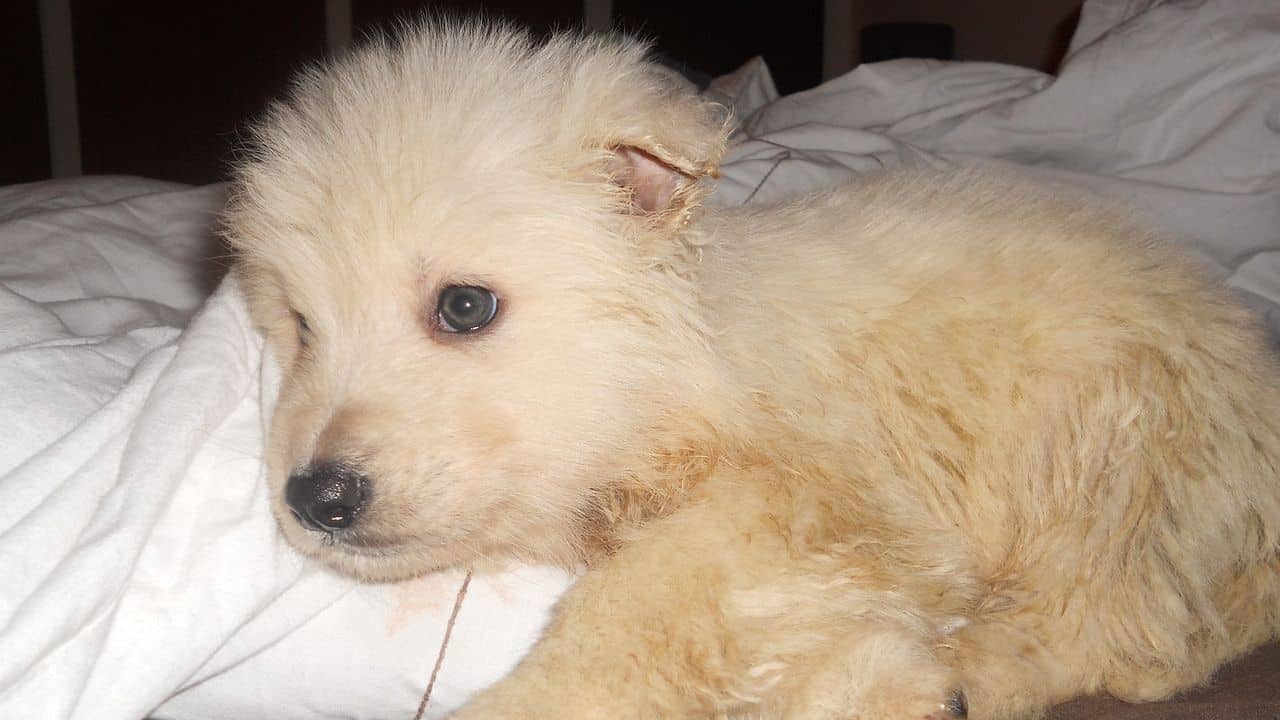A ancient animal about the size of a sheep that ate tough plants and trees may have lost its teeth because of what it ate.
Researchers from the University of Bristol looked at fossils found in Devon and came to the conclusion that the rhynchosaurs may have died of old age from lack of food.
During the Triassic Period, between 225 and 250 million years ago, the herbivorous lizard roamed the earth.
It was a time when most places were warm and plants were hardy.
Researchers used scans to see how the animals’ teeth changed as they ate and how new teeth grew as they got bigger.
The study’s team leader, Prof. Mike Benton, was “amazed” to find that in many cases, animals “dominated their ecosystems.”
He said, “They were like sheep or antelopes of their time, but they had special teeth that seemed to have been made for eating a lot of tough plant food.”
‘Rare’
The discovery, according to Dr. Rob Coram, who found the Devon fossils, suggests that the creatures may have had trouble getting adequate nutrients as their teeth gradually became worn down.
“The fossils are rare, but occasionally individuals were entombed during river floods,” he claimed.
“This has made it possible to piece together a series of jaw bones of rhynchosaurs that ranged in age from quite young, possibly babies, through adults, and including one particularly old animal, a Triassic old-timer whose teeth had worn down completely and probably struggled to get enough nutrition each day,” the study’s authors write.
According to Thitiwoot Sethapanichsakul, who also examined the bones, the animal’s teeth and bones began to deteriorate as it aged.
“They were clearly eating really tough food, such as ferns, that wore the teeth and bone down to the bone of the jaw, meaning that they were basically chopping their meals by a mix of teeth and bone,” he added.
‘Starved to Death’
But Dr. Coram said that the study showed that over time, the number of new teeth slowed down and the area where teeth were worn down “got deeper and deeper.”
“It’s like elephants today. They only get a certain number of teeth from the back, and by the time they’re 70 or so, they’re on their last tooth, and that’s it,” he said.
“We don’t think rhynchosaurs lived that long. Their plant food was so hard on their jaws that they just wore out, and it’s likely that they died of hunger in the end.”
Researchers compared rhynchosaurs that lived earlier, like those from Devon, with ones that lived later, like those from Scotland and Argentina.
They were able to show how their unique teeth helped them change twice, once in the Middle Triassic and again in the Late Triassic.
But in the end, climate change and especially changes in the plants available seem to have helped the dinosaurs take over as the rhynchosaurs died out.
The results are written up in a magazine called Palaeontology.


